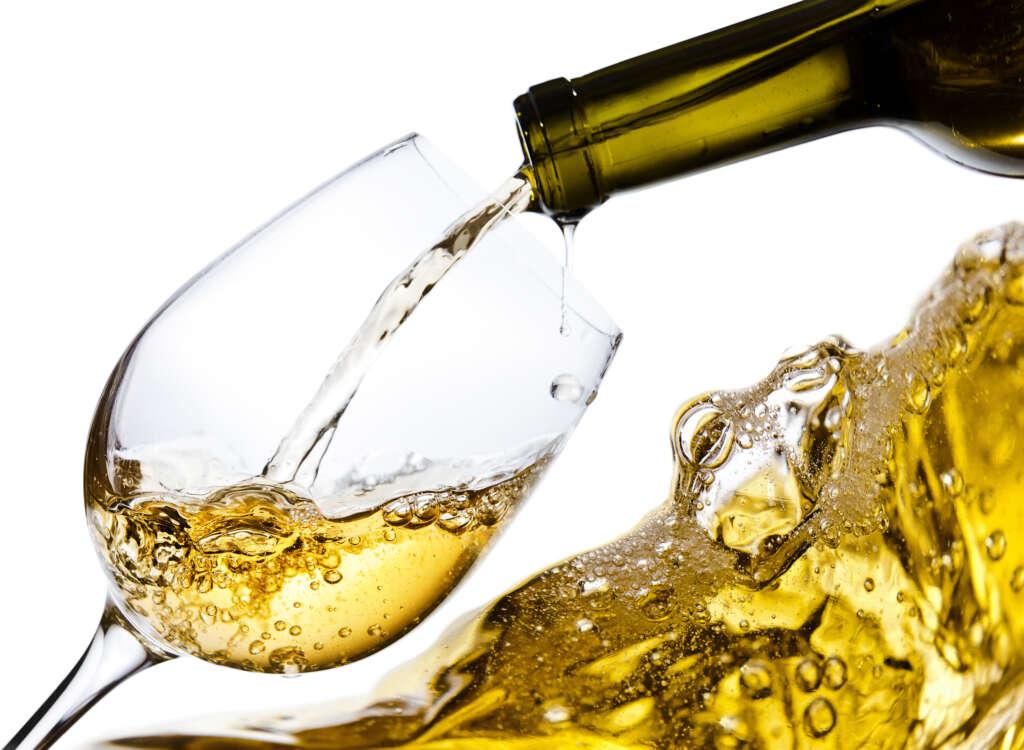Acids play an important role in determining wine quality. Without them, the wine would have a very odd colour, its taste and quality would be significantly inferior. The main acids in wine are tartaric and malic acids which come directly from the grape. Many other acids occur during the complex fermentation process, resulting from the biochemical activity of fungi. Two acids always present due to alcoholic fermentation are lactic acid and succinic acid. A secondary source of lactic acid is malolactic fermentation (MLF), which is the process by which bacteria convert malic acid into lactic acid. Other acids produced in varying quantities in wine are propionic, galacturonic, pyruvic, glycolic, fumaric, oxalic etc.
This complex of acids plays a vital role in the formation of esters following their reaction with alcohols.
The chemical structure of acids is very different from alcohols and is difficult to understand. The only thing that all acids have in common is the acidic group -COOH, which gives the molecule its acidic property. The so-called total acidity of the wine is the sum of all the acids in wine expressed as tartaric or sulphuric acid, depending on the method of chemical analysis used.
Total Acidity testing
This is usually done in the must (i.e., the juice before fermentation) since experience has shown that any adjustments are best made before fermentation begins, allowing their better integration into the wine. However, further acidity adjustments are allowed following fermentation. In all cases, a chemical analysis of the must or wine is required to determine the exact amount of acid to be added to adjust the total acidity.
Volatile acidity
This is a colloquial term, so its use is sometimes incorrect. Volatile acidity is mainly due to acetic acid (vinegar acid). All wines contain some amounts of acetic acid, a natural component that adds complexity to the wine. Its presence in larger quantities is considered a disadvantage that can be prevented by proper management.
Acetic acid is produced by ethanol oxidation, particularly under the influence of acetic acid bacteria (AAB).
CH3CH2OH + O2 → CH3COOH + H2O
Ethanol + Oxygen = Acetic Acid + Water.
This bacterium is aerobic and needs oxygen to grow and cause spoilage. Quality control is simple. Wine must be kept free of bacteria and away from oxygen. However, grapes come from the vineyard loaded with acetic acid bacteria (AAB), and the air contains 20% oxygen which means that special measures must be taken to avoid any issues. A fully equipped modern winery has efficient filtration systems and inert gas production systems (using carbon dioxide, nitrogen, a mixture of the two or even argon) to remove the air, and thus oxygen, from the tanks. Sulphur dioxide controls acetic acid bacteria, which are quite sensitive to it, and, as a result, their population is held at the right amounts and at the right time.
Wines with high volatile acidity levels smell more like nail polish or wood polish than vinegar because of the ethyl acetate (a form of acetic acid), which has a much more pungent odour than acetic acid. The reaction is identical to that which contributes to forming the “bouquet” during the maturation of wines in the bottle. It is known as esterification, a process in which acids react with alcohols to form esters with volatile solid aromas.
The European Union sets a maximum limit on the volatile acidity content of the various types of wine (expressed as acetic acid), which is not a problem. Problems arise in those wines where the volatile acidity increases over time and for Eastern Mediterranean and South African countries because the bacterium is more active at high temperatures.
Dr Andreas Emmanouel November 2019

